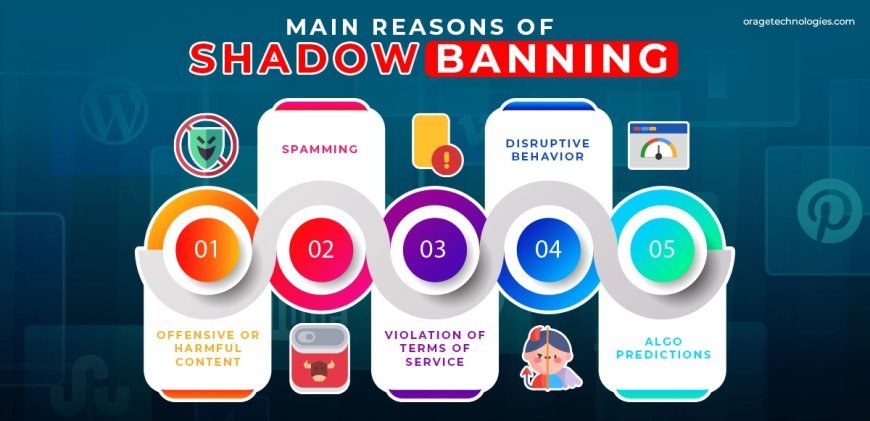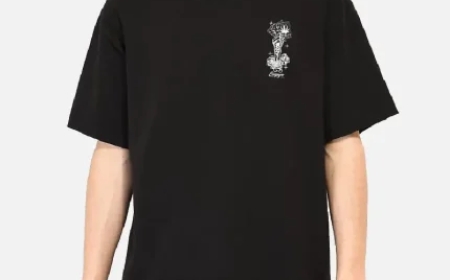Shadow Banning Exposed: Signs and Solutions for 2025
Decode shadow banning in 2025! Uncover the signs, reasons, and practical fixes to reclaim your social media spotlight.

Have you noticed your social media posts fading into oblivion despite your best efforts? That sinking feeling might stem from shadow banninga stealthy tactic quietly reshaping how your content reaches others. Whether youre a creator, brand, or casual poster, this phenomenon can hit hard. Lets peel back the layers to understand what shadow banning is, how it creeps in, why platforms lean on it, and how you can fight back.
Whats the Deal with Shadow Banning?
Shadow banning is a behind-the-scenes move by social media platforms to tone down your contents visibility without a peep of warning. Your posts stay upyou can still share, comment, and likebut they slip under the radar for most users. Its like whispering to a crowd thats already tuned out.
This tactic aligns with similar moderation styles, including:
-
Stealth bans
-
Ghost bans
-
Hidden comment filters
Platforms often use shadow banning to rein in posts that veer into harmful, offensive, or spammy territory. Studies reveal clues like your profile dodging search results or engagement taking a sudden hit, all without any formal notice.
How Does Shadow Banning Sneak In?
Platforms keep quiet about shadow banning, but its a real strategy. They rely on two key methods to make it happen:
1. Faded Presence
Your content might linger on your page but vanish from:
-
Hashtag searches
-
Explore sections
-
Followers main scrolls
Even your biggest fans might not catch your updates, cutting your audience short.
2. Backseat Algorithm Play
The platforms system can sideline your posts by:
-
Burying them in feed depths
-
Skipping them in suggestions
-
Throttling likes and shares
This low-key approach makes shadow banning a puzzle to solve, leaving you to connect the dots.
What Triggers a Shadow Ban?
Shadow banning isnt a random strike. Heres what can set it off:
-
Troublesome Content: Hate speech, bullying, or fake news often get flagged.
-
Overposting: Flooding feeds with repeats or too many hashtags can raise alarms.
-
Rule Slips: Breaking platform policies can dim your light.
-
Disruptive Moves: Trolling or misusing reports can backfire.
-
AI Hunches: Even without violations, AI might predict issues from your history.
-
Bot Patrol: Accounts mimicking automation face quiet suppression.
The Stir Around Shadow Banning
Shadow banning has sparked a firestorm of opinions online due to its secretive edge. Heres whats fueling the chatter:
-
No Heads-Up: Lack of notifications leaves users in the dark, breeding suspicion.
-
Fairness Fears: Some worry certain groups get hit harder, hinting at bias.
-
Free Speech Clash: Moderation helps, but its seen as muzzling bold voices.
-
AI Check: Who oversees the algorithms calling the shots?
-
Creator Hit: A visibility drop can tank engagement and income overnight.
How to Spot a Shadow Ban
Platforms wont flag you with a shadow banning alert, so watch for these red flags:
-
Engagement Drop: A sudden plunge in likes, comments, or views with no explanation.
-
Hashtag Ghosting: Your posts dont show under used tags, even for non-followers.
-
Follower Disconnect: Fans say they missed your updates or thought you paused.
-
Comment Crickets: Your remarks on others posts get no traction.
-
Analytics Glitch: Data shows odd dips despite consistent quality.
If these signs pile up, youre likely under a shadow bans shadow.
Which Platforms Play This Game?
Platforms dodge the shadow banning label, calling it content control for rule-breakers or spam. Heres the rundown:
-
Instagram: Dims suggestive, illegal, or guideline-violating posts. Look for missing searches or engagement dips.
-
Facebook: Lowers visibility for controversial or repeated links.
-
Reddit: Moved from shadow bans to suspensions with notices since 2015.
-
YouTube: Pre-checks content for search, not a direct ban.
-
Twitter: Uses visibility limits to hide spammy or harmful tweets.
-
TikTok: Pulls guideline-breakers from the For You page, cutting reach.
Avoiding risky posts or spammy habits can reduce your risk.
Shielding Yourself from Shadow Bans
Better safe than sorry applies here. While theres no surefire way to dodge shadow banning, these tips can help:
-
Follow the Rules: Stick to each platforms community standards.
-
Cut the Spam: Avoid overposting or bot reliance.
-
Smart Hashtag Use: Skip irrelevant or banned tags.
-
Honor Ownership: Use original content or get approval.
-
Sidestep Controversy: Avoid illegal or divisive topics.
-
Limit Follow Flips: Dont mass-follow or unfollow.
-
Ditch Clickbait: Avoid misleading titles.
-
Build Real Ties: Engage genuinely with your crowd.
-
Track Trends: Keep an eye on your contents performance.
Shadow bans are temporary, so stay calm. Spread your presence, tweak with algorithm shifts, and focus on top-notch posts to stay in the game.
What to Do If Youre Caught
If you suspect a shadow ban, try these moves:
-
Hit Pause: Take a 2-3 day break to reset the system.
-
Scan Rules: Check for overlooked guideline breaches.
-
Tweak Posts: Edit or remove potential troublemakers.
-
Test Tags: Switch to new, relevant hashtags.
-
Ask Support: Reach out, though responses arent guaranteed.
-
Boost Interaction: Encourage real engagement to regain footing.
The Wider View
Shadow banning serves as a filter, tackling harmful or spammy posts while aiming to protect users. Though platforms frame it as moderation, its a double-edged swordcreators see it as a setback, while others view it as a safeguard. Staying sharp, adapting wisely, and crafting strong content are your best tools to thrive.






































